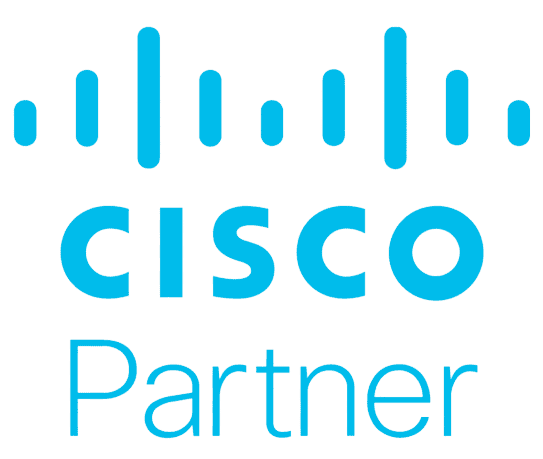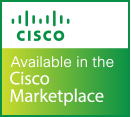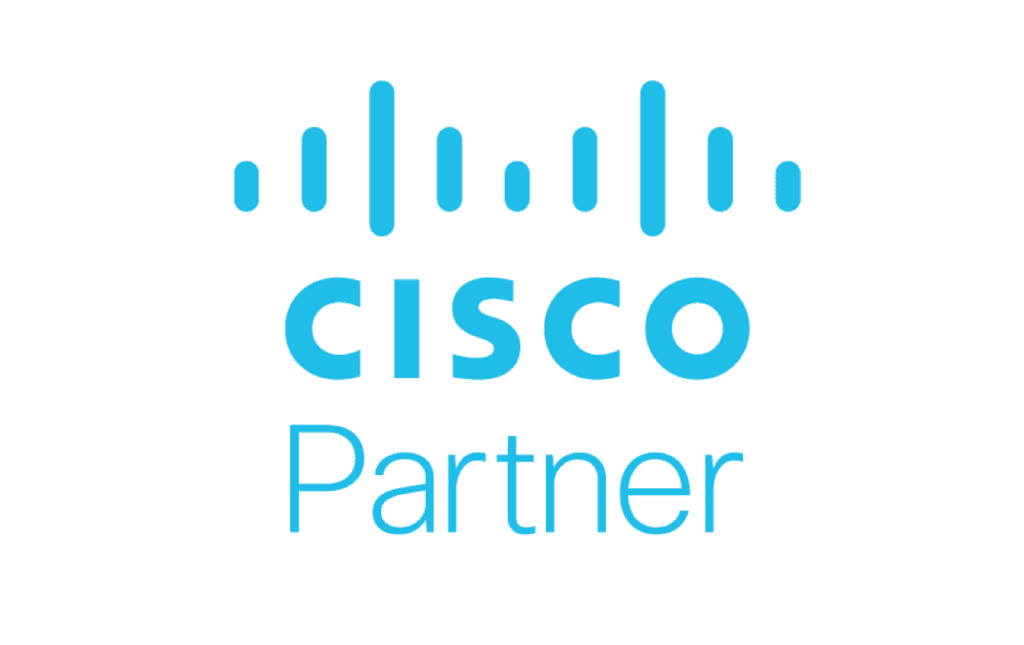In today’s ever-evolving business landscape, effective communication and collaboration are paramount to achieving organizational success. Traditional communication systems often struggle to keep pace with the rapid advancements in technology and changing work dynamics. As a result, companies are turning to innovative solutions such as UCaaS (Unified Communications as a Service) to meet their communication needs efficiently and effectively.
UCaaS provides a cloud-based approach to unified communication, enabling organizations to leverage a comprehensive suite of communication and collaboration tools without the need for extensive infrastructure investments. By migrating from traditional UC to UCaaS, businesses can unlock a multitude of benefits that revolutionize the way they communicate, collaborate, and operate.
Table of Contents
ToggleThe Differences Between UC and UCaaS:
Effective communication is crucial for businesses to thrive in today’s digital landscape. Traditional communication systems have evolved with the emergence of Unified Communications (UC) and Unified Communications as a Service (UCaaS). While both aim to enhance collaboration and streamline communication, there are key differences between them.
UC refers to the integration of various communication channels and tools into a unified platform. It combines real-time communication services like voice calls, video conferencing, and instant messaging with non-real-time services such as email and voicemail. UC allows employees to switch between different channels, improving productivity and fostering collaboration.
UCaaS takes UC to the cloud. Instead of hosting communication infrastructure on-premises, organizations can leverage UCaaS solutions from third-party service providers. UCaaS delivers communication and collaboration tools over the internet, accessible through various devices and locations. This shift to the cloud offers scalability, flexibility, and reduced infrastructure costs.
As such, main differences between UC and UCaaS relate to:
- The deployment model. UC is deployed on-premises, requiring upfront investment in hardware and software. UCaaS eliminates the need for on-premises infrastructure, providing scalability as organizations can add or remove users and features as needed.
- Maintenance and updates. With UC, organizations are responsible for managing and maintaining their systems. UCaaS providers handle most tasks, ensuring the platform is up-to-date with features and security enhancements.
- Accessibility and mobility. As remote work increases, the ability to access communication tools from anywhere is crucial. UCaaS provides advantages pertaining to seamless collaboration across devices and locations, integrating with other cloud-based productivity tools.
Namely, UC and UCaaS share the goal of improving communication and collaboration. UCaaS offers advantages through its cloud-based deployment and outsourced management. Embracing UCaaS brings scalability, flexibility, reduced costs, and enhanced accessibility. The evolution from UC to UCaaS reflects changing business needs, paving the way for an efficient and connected work environment.
Why Companies Are transmiting to UCaaS
The migration to UCaaS offers significant benefits for companies in today’s business landscape. Organizations that don’t adopt UCaaS may face challenges in collaboration, decision-making, and meeting expectations. They might struggle to accommodate growth, adapt to remote work, and incur higher upfront costs. Embracing UCaaS enables businesses to stay agile, enhance collaboration, and thrive in the digital age.
- Scalability and Flexibility: UCaaS enables organizations to scale their communication infrastructure effortlessly. With the cloud-based model, businesses can easily add or remove users, features, and functionalities as per their evolving needs. This flexibility ensures that companies can adapt to changing market dynamics without significant disruptions.
- Cost-Efficiency: Traditional UC deployments often involve substantial upfront costs for infrastructure, equipment, and maintenance. UCaaS eliminates these capital expenditures by offering a subscription-based model, allowing businesses to pay for the services they need on a predictable monthly basis. This shift from a CAPEX to an OPEX model provides cost savings and budget predictability.
- Enhanced Collaboration: UCaaS solutions integrate various communication channels into a unified platform, fostering seamless collaboration among teams. Features like video conferencing, screen sharing, document collaboration, and instant messaging facilitate real-time interactions, irrespective of geographical barriers. This enhanced collaboration boosts productivity and efficiency.
Best Practices for UCaaS Migration
Map Your Unified Communication Needs
A crucial step in Cisco UCaaS migration is conducting a comprehensive assessment of your organization’s communication requirements. Take the time to identify pain points and challenges in your current communication setup. Prioritize features and functionalities that are essential for your business operations. Consider scalability and security needs to ensure that the UCaaS solution can accommodate future growth and protect sensitive data. This thorough evaluation will guide you in selecting the right UCaaS provider and ensure a smooth transition during Cisco cloud migrations.
Plan Ahead
Developing a detailed migration plan is essential to ensure a successful UCaaS migration. Create a roadmap that outlines key milestones, timelines, and dependencies. Engage stakeholders from different departments and communicate the migration plan effectively. By involving all relevant parties, you can gather valuable insights, address concerns, and ensure a collaborative approach to the migration process. A well-defined plan will minimize disruptions, enable effective resource allocation, and ultimately result in a seamless transition to the new UCaaS solution.
Choose the Right UCaaS Provider
When migrating to UCaaS, selecting the right provider is paramount to the success of your migration project. Take the time to research and evaluate different UCaaS providers in the market. Look for providers that align with your business requirements and goals. Consider factors such as reliability, scalability, security measures, support services, and integration capabilities. Assess the provider’s track record, industry reputation, and customer reviews to gain insights into their performance and customer satisfaction. Choosing a reputable and reliable UCaaS provider will ensure a smooth migration process and a positive user experience.
Data Migration and Integration
As part of your UCaaS migration strategy, it’s crucial to plan for data migration and integration with existing systems. Determine how your current data, applications, and integrations will be migrated to the new UCaaS platform. Ensure that appropriate backup measures are in place to safeguard your data during the migration process. Test the integration between UCaaS and other critical business applications to ensure seamless workflow continuity. By addressing data migration and integration early in the migration process, you can minimize downtime and ensure a smooth transition to the new UCaaS environment.
Training and Change Management
A successful migration goes beyond technical implementation. It’s important to invest in training and change management to facilitate user adoption and maximize the benefits of the new communication platform. Develop a comprehensive training program to familiarize employees with the features and functionalities of the UCaaS solution. Communicate the benefits and value of the new platform to drive enthusiasm and acceptance among users. Provide ongoing support and resources to address any challenges or questions that may arise during the transition. By focusing on training and change management, you can ensure a smooth transition and maximize the potential of your UCaaS solution.
Monitoring and Optimization
Once the migration is complete, continuous monitoring and optimization are essential to ensure the optimal performance of your UCaaS environment. Regularly evaluate usage patterns, system performance, and user feedback. Identify areas for improvement and implement necessary adjustments to enhance the user experience and address any emerging issues. By monitoring and optimizing your UCaaS solution, you can ensure its alignment with evolving business needs and maximize its value to your organization.
By following these best practices, you can navigate the migration process with confidence, minimize disruptions, and maximize the benefits of your new communication solution.
Key Considerations for UCaaS Migration
- Evaluate Network Readiness: Assess your network infrastructure, considering capacity, reliability, and security. Upgrade or optimize as needed.
- Security and Compliance: Prioritize UCaaS security. Evaluate encryption, data storage, and access controls. Ensure compliance with regulations.
- Integration Capabilities: Assess UCaaS integration with CRM, collaboration tools, and critical applications. Seamless integration enhances productivity.
- User Experience and Adoption: Consider user interface, features, and mobile accessibility. Choose a user-friendly UCaaS platform for easy adoption.
- Service Level Agreements (SLAs): Review SLAs for uptime, response time, and support. Ensure reliable service and quality customer support.
- Scalability and Flexibility: Select a scalable UCaaS solution to accommodate future growth. Flexibility in scaling prevents limitations.
- Migration Strategy and Support: Develop a migration strategy, seek support from UCaaS provider or experts, and plan for minimal disruption.
- Training and Change Management: Invest in training and change management to prepare employees. Address resistance and ensure successful adoption.
The Smoothest Transition, For Maximum User Adoption & Retention
Embarking on a UC migration to UCaaS is a strategic move that can revolutionize your organization’s communication and collaboration capabilities. A well-planned UCaaS migration, coupled with Tuki’s industry-leading solutions, sets the stage for enhanced productivity, streamlined workflows, and improved business outcomes.
Don’t miss out on the opportunities presented by UCaaS. Embrace the future of communication and collaboration with Tuki by your side.














